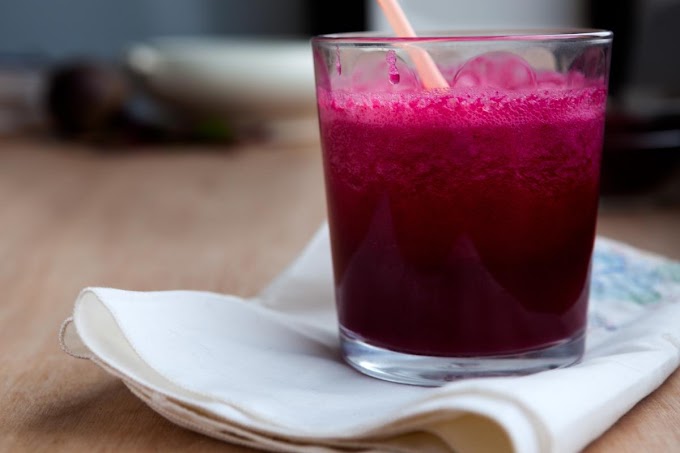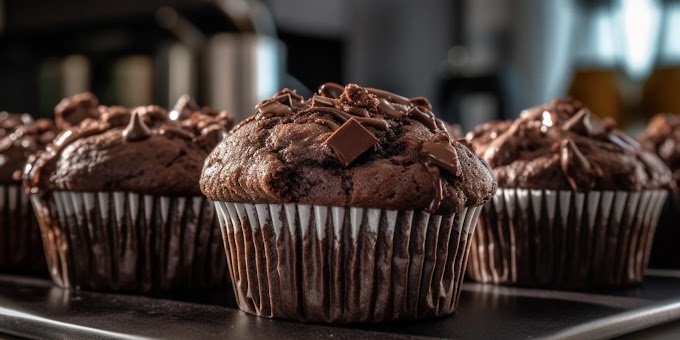Making homemade bread without yeast or eggs is an exciting challenge that yields delicious results. Whether you’re short on yeast, avoiding eggs, or following dietary preferences, this guide provides a straightforward method for creating soft, fluffy bread without sacrificing flavor or texture. In this post, we’ll break down the steps and ingredients, discuss tips for perfecting your bread, and even explore variations to customize the recipe to your taste. Let’s dive into the art of baking yeast-free, eggless bread at home!
Why Make Bread Without Yeast or Eggs?
Traditional bread recipes typically rely on yeast and eggs for leavening and structure. Yeast is a natural leavening agent that helps the dough rise, creating airy, fluffy bread, while eggs add moisture and help bind ingredients together. However, many people seek yeast-free or egg-free bread for various reasons, including allergies, dietary restrictions, or simply the desire to try a different approach. This recipe uses baking powder and baking soda to achieve a similar lift without compromising texture or taste.
Ingredients for Eggless, Yeast-Free Bread
The ingredients in this recipe are simple and likely available in most pantries:
All-Purpose Flour – 2 cups
Whole Wheat Flour – 1 cup (optional for a nuttier flavor; can substitute with more all-purpose flour)
Baking Powder – 1 tablespoon (for lift)
Baking Soda – ½ teaspoon (for a touch of extra rise and lightness)
Salt – 1 teaspoon
Sugar – 2 tablespoons (to balance flavor and add a hint of sweetness)
Olive Oil or Melted Butter – 2 tablespoons (for moisture and a tender crumb)
Milk or Plant-Based Milk – 1 cup (room temperature, to bring moisture and bind the ingredients)
Lemon Juice or Vinegar – 1 tablespoon (to react with the baking soda for leavening)
These ingredients are chosen to create a balance of texture, taste, and lift in the bread without yeast or eggs. The combination of baking powder and baking soda with an acid like lemon juice or vinegar provides the necessary rise.
Step-by-Step Guide to Making Eggless, Yeast-Free Bread
Step 1: Prepare the Dry Ingredients
In a large mixing bowl, combine:
2 cups of all-purpose flour
1 cup of whole wheat flour
1 tablespoon of baking powder
½ teaspoon of baking soda
1 teaspoon of salt
2 tablespoons of sugar
Whisk these ingredients together until they are thoroughly mixed. This ensures the baking powder and baking soda are evenly distributed, which is crucial for a uniform rise in the bread.
Step 2: Mix the Wet Ingredients
In a separate bowl, mix the wet ingredients:
1 cup of milk (or plant-based milk for a vegan option)
1 tablespoon of lemon juice or vinegar
2 tablespoons of olive oil or melted butter
Allow the milk and lemon juice mixture to sit for a minute. The acid in the lemon juice or vinegar will react with the milk, creating a buttermilk-like substitute that adds a mild tang and helps the bread rise.
Step 3: Combine Wet and Dry Ingredients
Pour the wet mixture into the bowl of dry ingredients. Using a spatula or wooden spoon, mix gently until a dough forms. Avoid overmixing; stir just until there are no visible streaks of flour. The dough should be slightly sticky but not too wet. If it seems too dry, add a tablespoon of milk at a time until it reaches the right consistency.
Step 4: Knead the Dough
Transfer the dough to a lightly floured surface. Knead for 5-7 minutes until the dough becomes smooth and elastic. Since this dough doesn’t contain yeast, the kneading process will be shorter. Kneading helps develop gluten, which adds structure to the bread.
Step 5: Shape the Dough
Shape the dough into a round loaf or place it in a greased loaf pan if you prefer a traditional bread shape. Press it down gently to ensure even baking.
Step 6: Bake the Bread
Preheat your oven to 375°F (190°C). Place the loaf in the oven and bake for 25-30 minutes if shaped freeform, or about 35-40 minutes if in a loaf pan. The bread is ready when the top turns golden brown and a skewer inserted into the center comes out clean.
Step 7: Cool and Slice
Once baked, remove the bread from the oven and allow it to cool in the pan for about 10 minutes. Then, transfer it to a wire rack to cool completely. Cutting the bread before it’s fully cool may cause it to crumble, so be patient!
Tips for Perfect Eggless, Yeast-Free Bread
Use Fresh Baking Powder and Baking Soda: These ingredients lose potency over time, so ensure they’re fresh to get the best rise.
Don’t Overmix: Mixing too much will develop gluten excessively, making the bread denser rather than soft and fluffy.
Choose the Right Milk: Dairy or plant-based milk can work, but if you want a richer bread, go for whole milk or a creamy plant-based alternative like almond or oat milk.
Add Herbs or Seeds: To boost flavor, consider mixing in dried herbs, seeds, or garlic powder. These add unique textures and a savory twist.
Variations on the Basic Recipe
Garlic and Herb Bread: Add 1 teaspoon of garlic powder and a tablespoon of dried herbs like rosemary or thyme for a flavorful twist.
Whole Wheat Bread: Replace all-purpose flour with whole wheat flour for a denser, fiber-rich loaf. You may need a bit more milk as whole wheat absorbs more moisture.
Oat Bread: Add ½ cup of oats to the dry ingredients. This variation has a slightly chewy texture and additional fiber.
Sweet Bread: Increase the sugar to ¼ cup and add a teaspoon of vanilla extract for a subtly sweet bread. This pairs well with butter and jam.
How to Store and Serve Eggless, Yeast-Free Bread
Since this bread doesn’t contain preservatives, it’s best enjoyed within a couple of days. Store it in an airtight container at room temperature for up to 2 days or in the refrigerator for up to a week. To keep the bread soft, wrap it in a clean kitchen towel and place it in a bread box or zip-lock bag.
For serving, slice and toast the bread, or enjoy it plain with a spread of butter or jam. It also works great for sandwiches, especially if you add a layer of fresh vegetables or cheese. Try slicing and freezing it if you have leftovers, so you can quickly toast individual slices as needed.
Frequently Asked Questions
Can I use gluten-free flour? Yes, gluten-free all-purpose flour blends work well, but be prepared for a denser loaf. Add a teaspoon of xanthan gum to help the dough hold together.
What can I substitute for milk? Any plant-based milk, such as almond or soy milk, works as a substitute. Just ensure it’s unsweetened unless you want a sweet bread.
Is this bread vegan? If you use plant-based milk and olive oil, this recipe is completely vegan.
Can I make rolls instead of a loaf? Absolutely! Divide the dough into small balls, place them on a baking sheet, and bake for about 15-20 minutes at the same temperature.
Conclusion
Making eggless, yeast-free bread at home is surprisingly simple and rewarding. With a few pantry staples, you can create a loaf that’s soft, fluffy, and adaptable to your flavor preferences. Whether you’re a beginner or an experienced baker, this recipe provides a foolproof way to enjoy homemade bread without yeast or eggs. So, gather your ingredients, follow these easy steps, and enjoy the satisfaction of fresh, warm bread made in your own kitchen!








Social Plugin